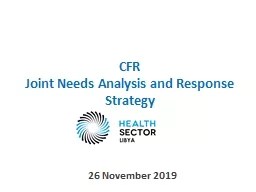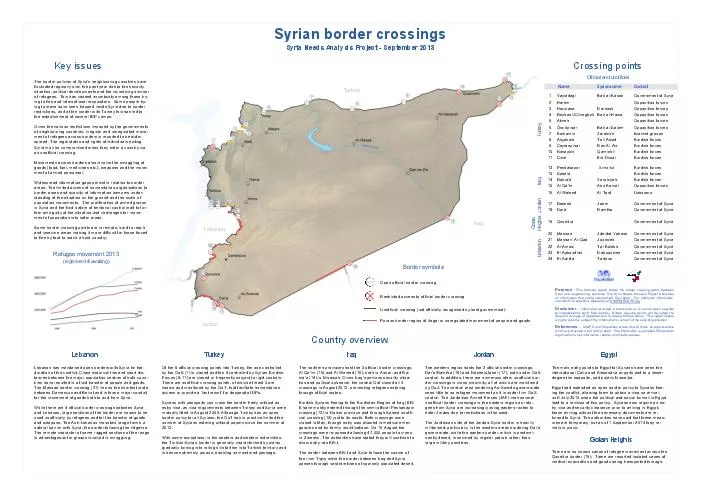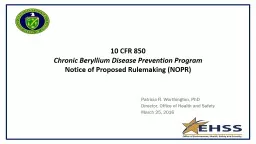PPT-CFR Joint Needs Analysis and Response Strategy
Author : GratefulHeart | Published Date : 2022-08-01
26 November 2019 Geography A northern African country with surface area of 1759540 sq km Shares border with Egypt Sudan Chad Niger Algeria and Tunisia and has
Presentation Embed Code
Download Presentation
Download Presentation The PPT/PDF document "CFR Joint Needs Analysis and Response St..." is the property of its rightful owner. Permission is granted to download and print the materials on this website for personal, non-commercial use only, and to display it on your personal computer provided you do not modify the materials and that you retain all copyright notices contained in the materials. By downloading content from our website, you accept the terms of this agreement.
CFR Joint Needs Analysis and Response Strategy: Transcript
Download Rules Of Document
"CFR Joint Needs Analysis and Response Strategy"The content belongs to its owner. You may download and print it for personal use, without modification, and keep all copyright notices. By downloading, you agree to these terms.
Related Documents














